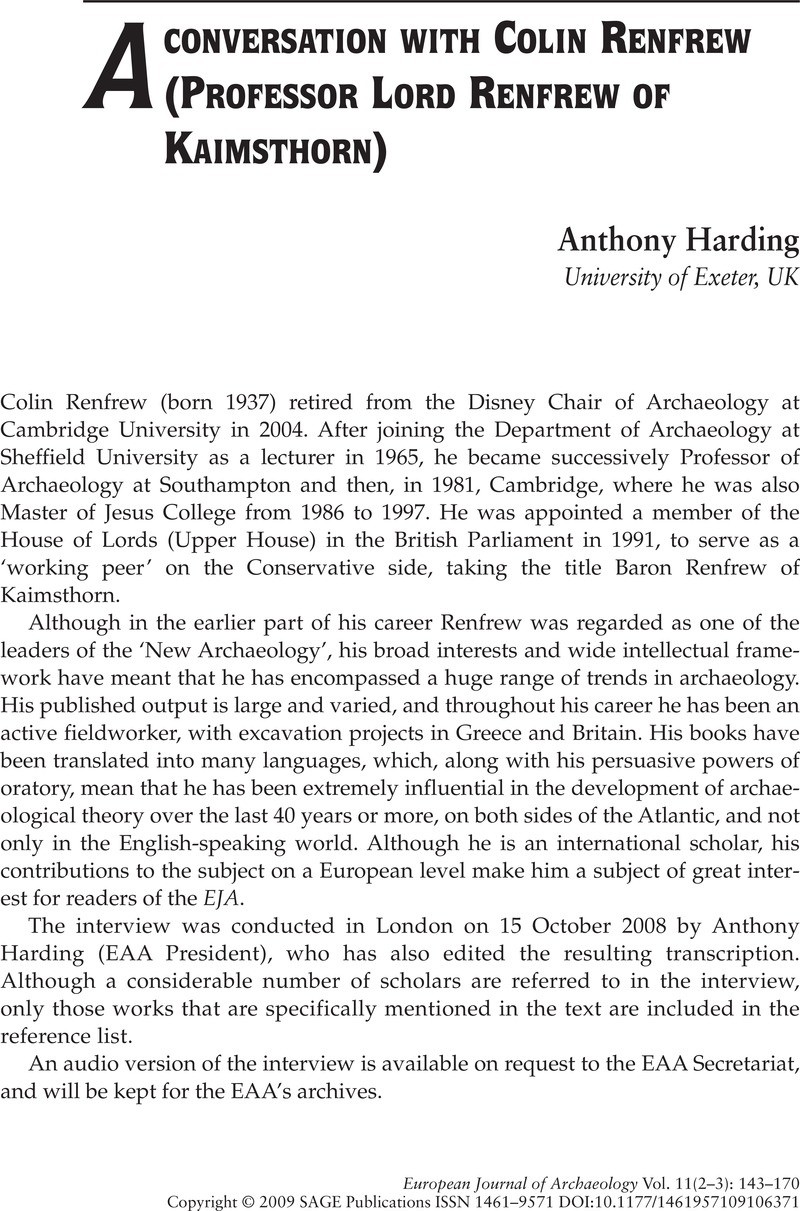Crossref Citations
This article has been cited by the following publications. This list is generated based on data provided by Crossref.
Gardner, Andrew
2013.
Thinking about Roman Imperialism: Postcolonialism, Globalisation and Beyond?.
Britannia,
Vol. 44,
Issue. ,
p.
1.
Vicent García, Juan Manuel
Martínez Navarrete, M. Isabel
and
Díaz-del-Río Español, Pedro
2020.
Una entrevista con Antonio Gilman Guillén. Primera parte.
Trabajos de Prehistoria,
Vol. 77,
Issue. 1,
p.
7.



